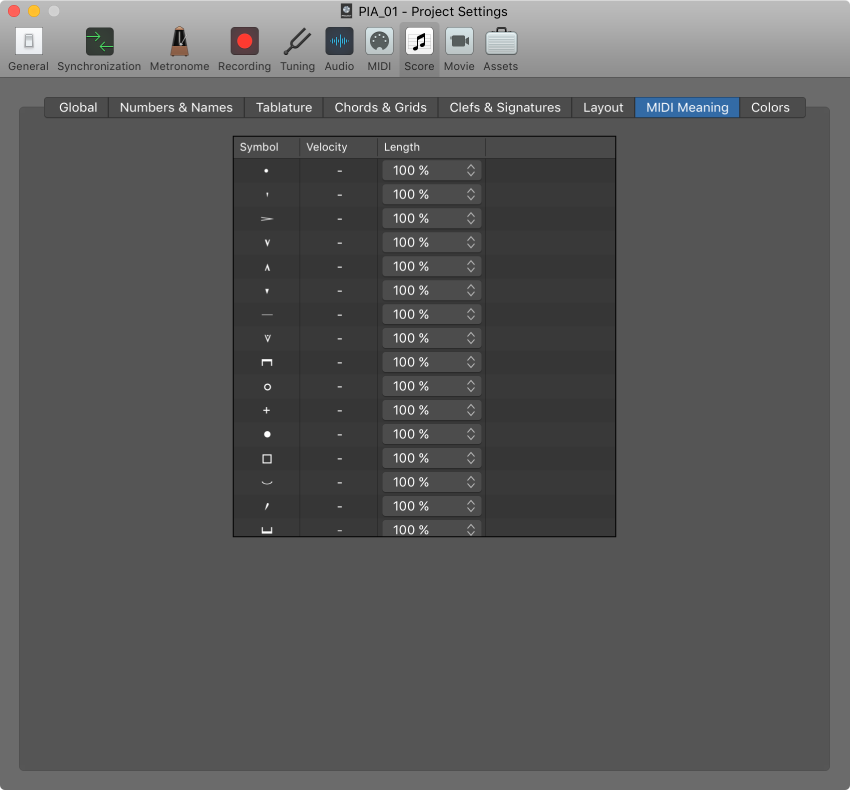Logic Pro X keyboard command of the day. #LogicProX @StudioIntern1
Enharmonic Shift: b ⇧B
Change the selected note(s) to be displayed as flatted notes. Simple example — a D-sharp is changed to an E-flat.
A lot depends on the skill of the reader of the score and the willful intent of the producer of the score.
Change the display and position of accidentals — Logic Pro X
By default, the display of accidentals depends on the chosen key signature. Using note attributes, you can change flats to sharps, and vice versa. For information about setting the key signature, see Add key and time signature changes.
⇧ SHIFT – ⌃ CONTROL – ⌥ OPTION – ⌘ COMMAND
